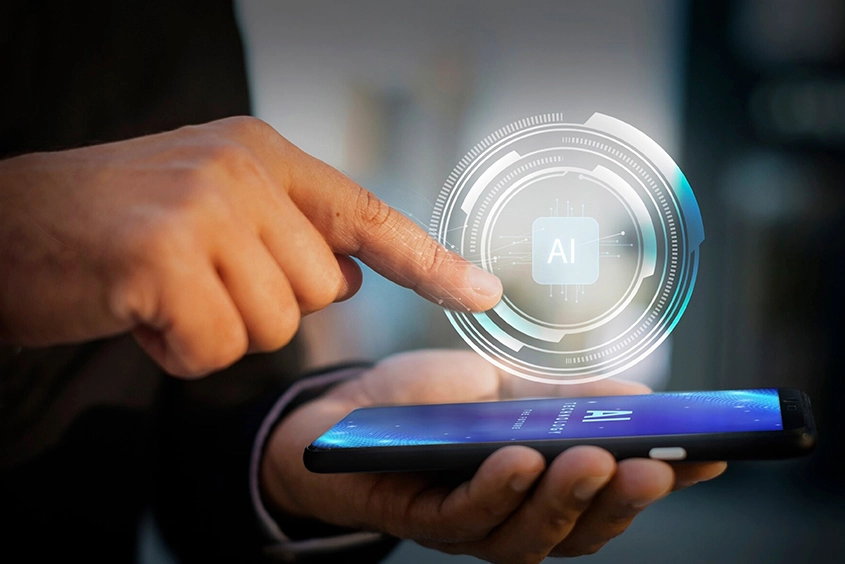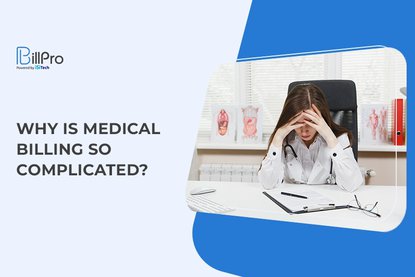There’s no doubt that it was tough to keep track of medical records when everything was done manually. It took so much time for medical staff to review health records, isolate treatment and procedures, assign costs, and generate the final bill.
Modern billing is done on advanced software and hardware, and results are available within seconds. This is why healthcare facilities without medical billing software will be left behind.
Let’s take a look at the transition from paper to electronic health records (EHR) and what the future holds for healthcare billing.
From Paper to Digital: The Birth of Electronic Health Records
The first electronic medical records (EMR) were reportedly invented by the Regenstrief Institute in 1972. It was a significant advancement in the healthcare industry and was supposed to be a game-changer for medical institutions. However, the cost was quite prohibitive at the time, so it didn’t catch on.
It wasn’t until former US President Obama mandated incentives for using EMRs through the American Recovery and Reinvestment Act of 2009 that medical facilities began digitizing their records.
Is There a Difference Between EMR and EHR?
The two terms are often used interchangeably, and they mean similar things. But if one has to be pedantic about it, EHR is more broad than EMR. For healthcare facilities, they refer to the same system that helped transition records from paper to digital.
Widespread use of EHR or EMR is a critical step to the overall improvement of healthcare.
How Does Medical Software Improve the Healthcare Industry?
 Technology has proven to simplify the lives of many. And when done right, technology is highly beneficial to those who use it.
Technology has proven to simplify the lives of many. And when done right, technology is highly beneficial to those who use it.
Here are the ways medical billing software like BillPro can improve the medical industry:
Convenience
Convenience can easily be achieved via technology, and medical billing software is no different. Patients who have to undergo multiple procedures can simply check how much their running total is so they can aptly manage their budgets.
More than 90% of Americans are insured. Processing insurance claims manually can be a headache, especially when there are mistakes, even minor ones. That won’t be the case with medical billing software.
What's more, healthcare facilities can easily monitor the status of each claim.
Well-Organized Workflow
BillPro is more than just medical billing software. It is also a fantastic tool that helps healthcare facilities manage their organizational workflow.
It can help with scheduling and processing of documents through the following features:
-
Web-based portal
-
Auto data imports
-
Auto remittance resolution
-
Issue resolution
-
Claim corrections
Minimize Mistakes
Mistakes have a grave impact on medical facilities. A simple billing mistake on a healthcare claim could result in the rejection of a refund. Even when the refund is not outrightly rejected, the delay in processing could still affect operations.
But because errors are unavoidable, the great thing about having medical billing software is that technology can detect mistakes. For example, healthcare records use codes for uniformity. If the code doesn’t align with what’s on the EHR, the software will point it out and prompt a correction.
Transparency
Medical billing software could also help with transparency. Patients can easily access their medical records on the web-based portal and see how each bill is computed. They can see every item charged to their account.
Now, imagine what AI in medical billing can do.
AI and Machine Learning in Healthcare
 Artificial intelligence (AI) is the future frontier for many industries. Cloud-based billing software is already beneficial, but future developments are even more promising when AI is going to be leveraged correctly.
Artificial intelligence (AI) is the future frontier for many industries. Cloud-based billing software is already beneficial, but future developments are even more promising when AI is going to be leveraged correctly.
With many facilities facing labor shortages, AI can take on the burden. For example, patients can ask AI chatbots to explain details about their diagnosis and treatment. It can also remind patients of scheduled medicine intake, future appointments, and other such activities.
AI in medical billing could help patients choose the best and most budget-friendly treatments and procedures.
What is Machine Learning in Healthcare?
Machine learning (ML) detects patterns using sophisticated algorithms. Humans don’t need to provide explicit instructions for it to work.
In healthcare, ML can help in diagnosis while also analyzing the best treatment route for a patient based on their overall background–age, gender, medical history, etc.
Conclusion
Healthcare is not going back to a time when billing—or any other process—was done manually. Instead, it is headed for a future where AI and machine learning will become mainstream components in healthcare.

 4/5 (2 votes)
4/5 (2 votes)
 204 views
204 views



